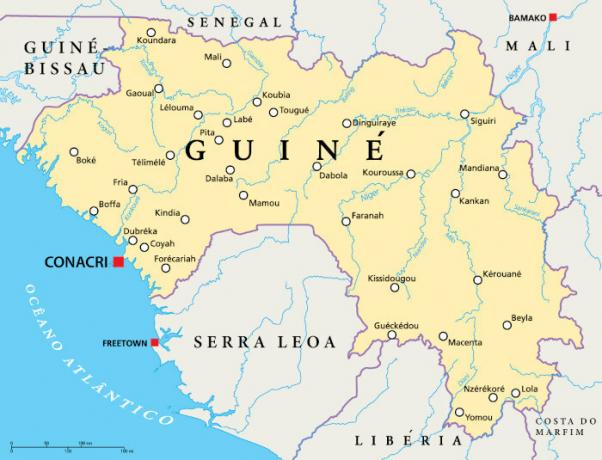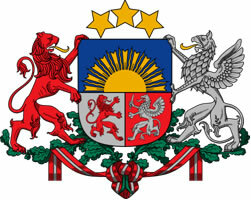O public transport in Brazil has always been the target of many complaints over time. Most of the time, the complaints refer to the fact that the vehicles are always full, the poor condition of the cars and the low quality of the services provided. These problems added to the popular dissatisfaction with the increase in bus tickets in some capitals of Brazil in recent weeks, which has culminated in a series of protests that have been held in most capitals state.
The population's dissatisfaction with public transport in Brazilian cities, however, is not a recent issue. Surveys carried out by the Institute for Applied Economic Research (IPEA), in 2011 and 2012, revealed a negative picture, with ratings classified as "very bad or bad" exceeding 60%.
But where did the problems related to public transport in the country come from?
To answer this question, it is necessary to understand the logic of Brazilian urbanization, which was structured from the logic of underdeveloped countries, based on a late and accelerated industrialization from the second half of the 20th century, through the importation of technologies from developed countries and the installation of companies foreign companies.
This accelerated industrialization process of large cities contributed to the occurrence of an equally accelerated urbanization process. Furthermore, this phenomenon occurred in a concentrated manner in the Southeast region, attracting a considerable portion of the population from other regions, especially the Northeast region. To make matters worse, the mechanization process has intensified what is called the rural exodus (mass migration of the population from the countryside to the cities), further favoring the excess population of the metropolises (metropolization).
This true army of workers that started to inhabit the great Brazilian metropolis from the second half of the 20th century did not find good housing conditions. As under capitalism land is a form of commodity, land in large cities suffered from a high degree of valorization, which made it difficult for the less wealthy classes to remain in the central regions of the cities.
These people had no other option but to look for housing in segregated areas far from the central regions, outskirts that were born due to the disorderly growth of urban space. Added to this are the processes of slums and street conditions of a large part of this population.
Although most of the inhabitants of large cities live in peripheral and remote areas, it was in the noble and central areas that the main job offers were concentrated. This is because these regions have historically concentrated public and private investments in infrastructure and services, revealing a contradiction inherent to capital.
Do not stop now... There's more after the advertising ;)
Workers, therefore, had to travel great distances from their homes to their homes. places of work or to have access to certain types of services, such as hospitals, schools, among others. And for that, they needed transport.
However, there was no concern of the municipal, state and federal public administrations in undertaking a policy of massification and improvement of urban public transport. On the contrary, what was seen was a municipalization policy - made official in the Constitution of 1988 – which decentralized actions and left the quality of services at the mercy of the city halls of cities. In addition, virtually all municipalities outsourced the service to private companies that, seeking maximum profit, performed the service in such a way as to spend as little as possible.
In recent years, along with the inefficiency of the public transport system, there have been government incentives to increase the consumption of popular cars, which was not accompanied by a mobility policy urban. As a result, in addition to crowded buses, there was also congested traffic even in cities with a relatively low number of inhabitants.
Complaints about the country's public transport system are the main agenda of popular movements
Recently, the WHO (World Health Organization) stated that the issue of public transport is also a public health issue, since a efficient transport would reduce the number of cars in cities, also reducing pollution, accident and physical inactivity rates, among others.
Therefore, to change and improve public transport in Brazil, it is necessary to rethink the issue of urban mobility and democratize access to cities, so that the need to travel over long distances decrease. In addition, it is necessary to rethink the investment policy in public transport, modernizing it and guaranteeing its access to the population, pluralizing the means of transport beyond the bus, with the installation of vehicles such as trains, subways and bike paths.
_____________________
¹Image credits: Brazil Agency
By Rodolfo Alves Pena
Graduated in Geography


